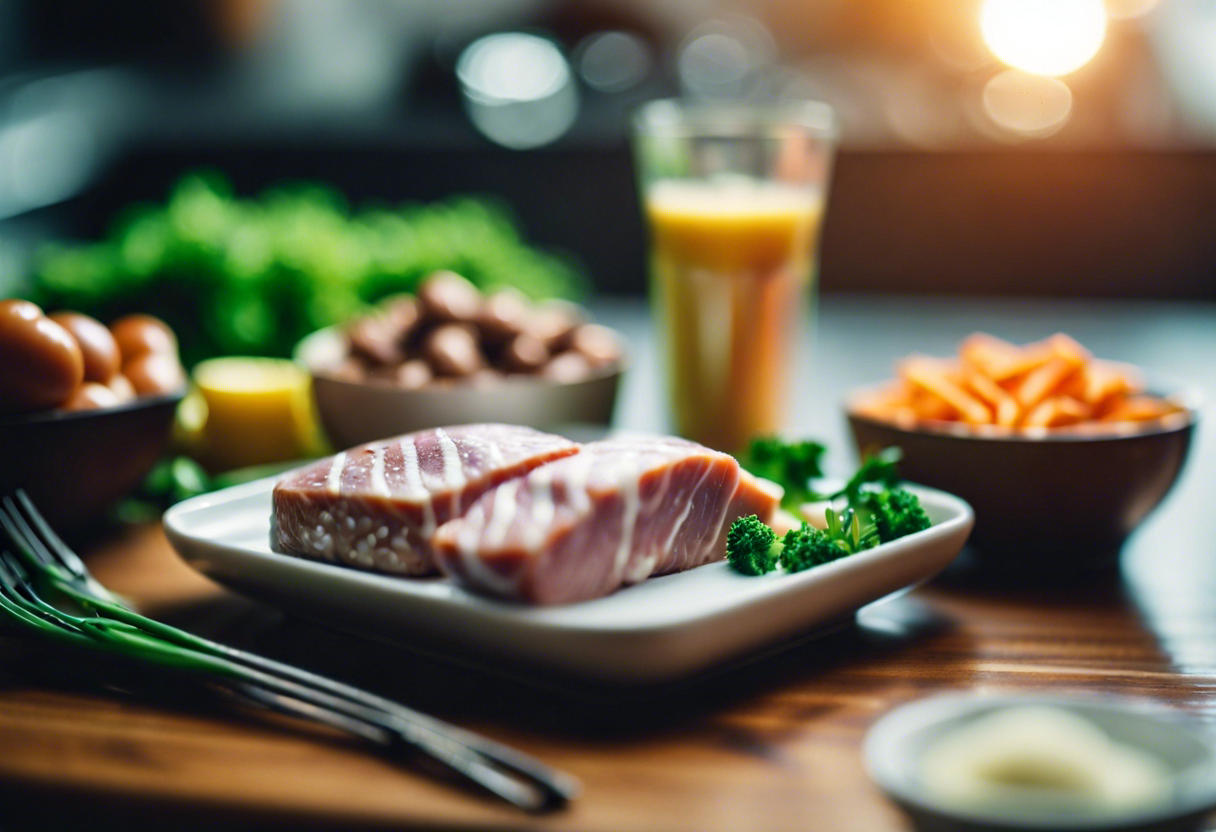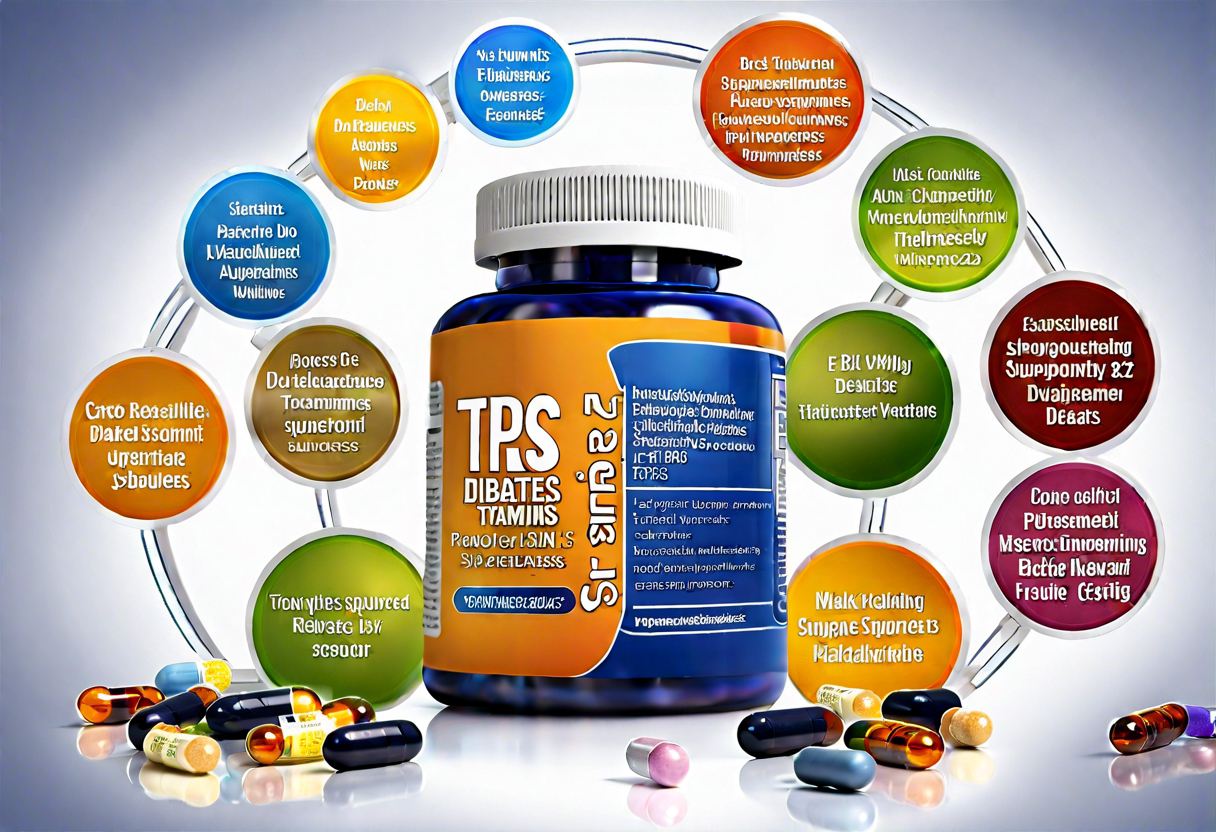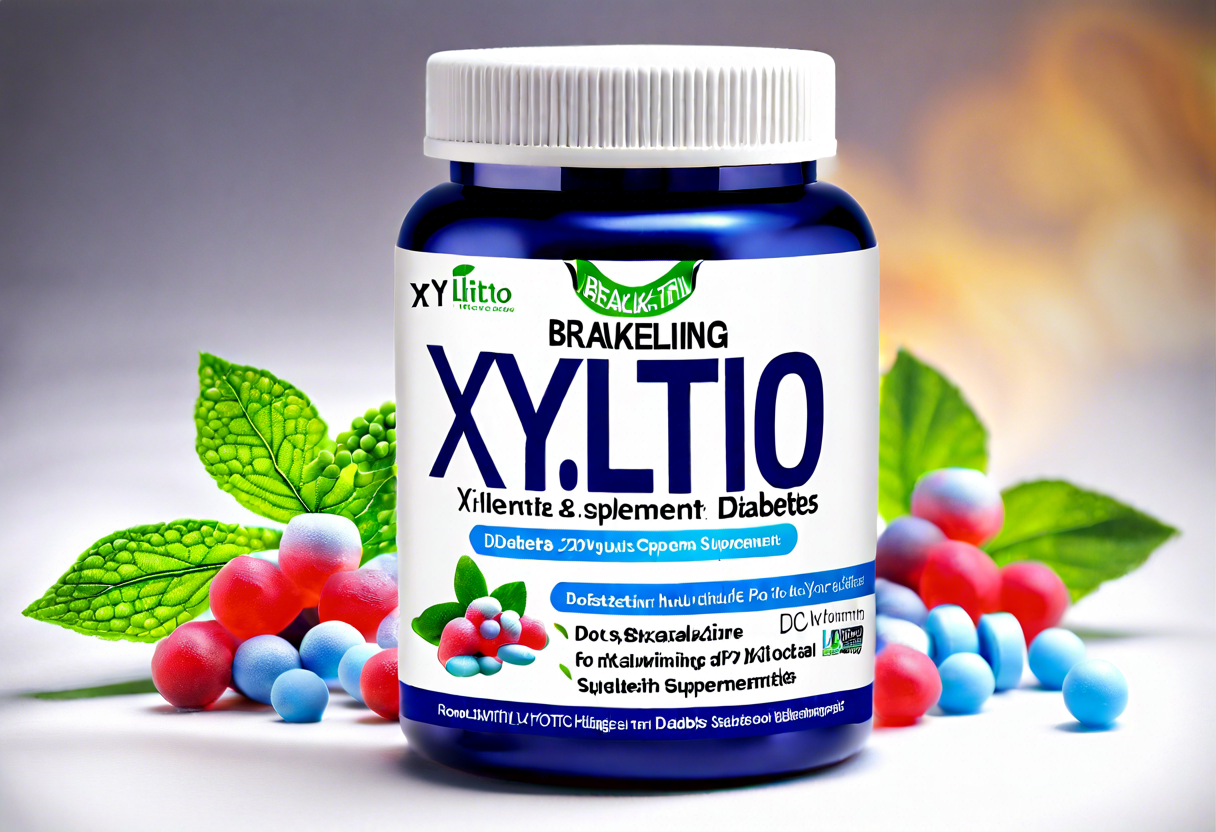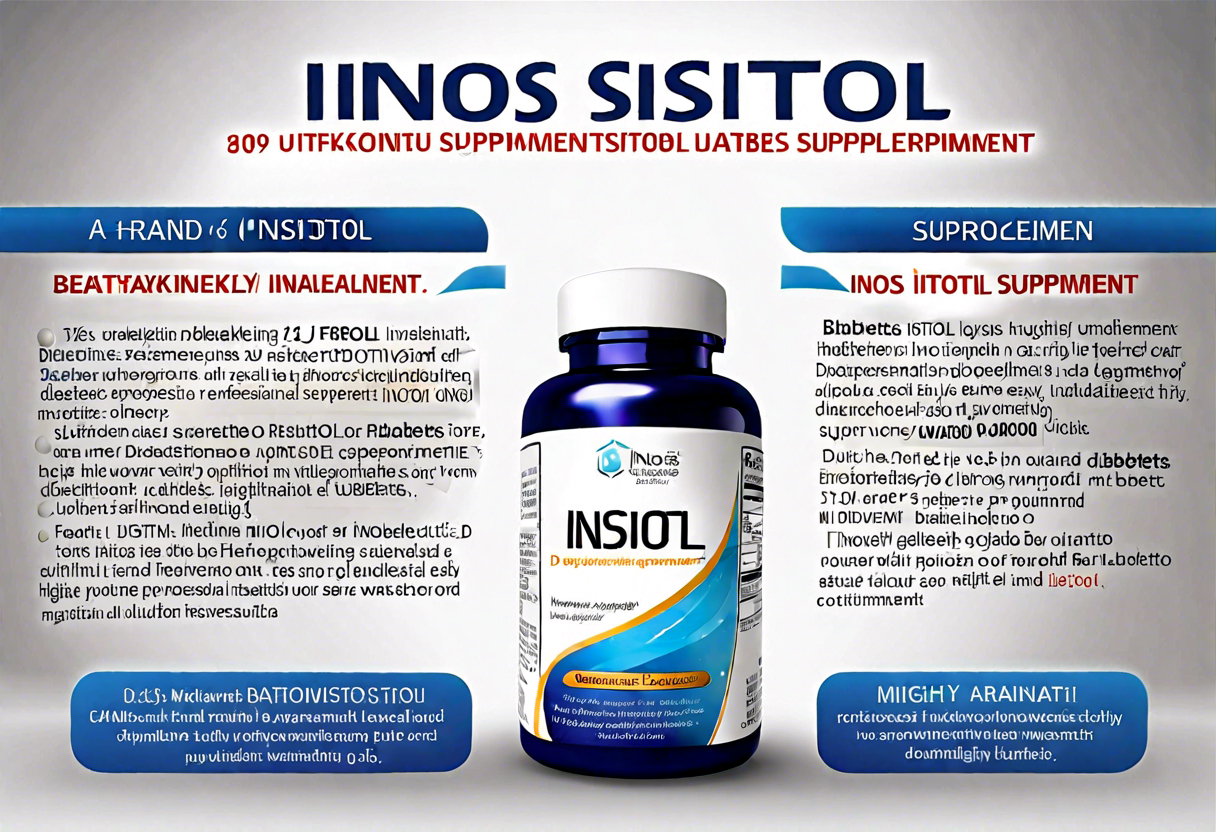Keto-Friendly Foods: What Can I Eat on a Keto Diet?
When following a keto diet, it’s essential to consume foods that are low in carbohydrates, moderate in protein, and high in healthy fats. This eating plan focuses on putting your body into a state of ketosis, where it burns fat for fuel instead of carbohydrates. Here are some keto-friendly foods to include in your diet:
1. Low-Carb Vegetables: Non-starchy vegetables such as spinach, kale, broccoli, cauliflower, and zucchini are excellent choices as they are low in carbs but high in vitamins, minerals, and fiber.
2. Meat and Poultry: Opt for grass-fed and organic sources of meat and poultry, including beef, chicken, turkey, and pork. These are rich in protein and essential nutrients.
3. Seafood: Fish and shellfish are great options on a keto diet. Salmon, mackerel, shrimp, and crab are not only low in carbs but also high in healthy fats like omega-3 fatty acids.
4. Eggs: Eggs are a versatile and nutritious choice for a keto diet. They are packed with protein and healthy fats, making them an ideal food to include in your meals.
5. High-Fat Dairy: Full-fat cheese, butter, and cream are keto-friendly dairy options. They are low in carbs and can add flavor and richness to your dishes.
6. Nuts and Seeds: Almonds, walnuts, chia seeds, and flaxseeds are good sources of healthy fats and fiber. However, portion control is crucial as they are calorie-dense.
7. Avocados: Avocados are a staple in a keto diet due to their high-fat content and low carbohydrate levels. They are also rich in fiber, potassium, and vitamins.
It’s essential to avoid high-carb foods like sugary snacks, grains, fruits high in sugar, and starchy vegetables when following a keto diet. By focusing on whole, nutrient-dense foods that are low in carbs and high in healthy fats, you can effectively reach and maintain ketosis, leading to weight loss and improved overall health.
For more information on keto-friendly foods and recipes, you can visit Diet Doctor.
By incorporating these keto-friendly foods into your daily meals, you can enjoy a delicious and satisfying eating plan while reaping the benefits of the keto diet.
Meal Planning Tips for a Successful Keto Diet
When embarking on a keto diet, thoughtful meal planning is essential for success. Planning your meals in advance can help you stay on track, maintain ketosis, and achieve your health goals. Here are some valuable meal planning tips to consider for a successful keto diet:
-
Understand the Keto Diet Basics: Before you start planning your meals, familiarize yourself with the fundamentals of the keto diet. The key principle of a keto diet is to consume high amounts of healthy fats, an adequate protein intake, and minimal carbs. By understanding these basics, you can make informed choices when selecting ingredients for your meals.
-
Focus on Low-Carb Vegetables: Vegetables that are low in carbs are excellent choices for a keto diet. Incorporate leafy greens like spinach, kale, and lettuce into your meals. Broccoli, cauliflower, zucchini, and bell peppers are also great options. These vegetables are not only nutritious but also help keep your carb count low.
-
Include Quality Protein Sources: Protein is an essential component of any diet, including keto. Opt for high-quality protein sources such as lean cuts of meat, poultry, fish, and eggs. Including protein in your meals can help you feel full and satisfied, reducing the risk of overeating or snacking on high-carb foods.
-
Healthy Fats are Key: Since the keto diet emphasizes fats as a primary energy source, it’s crucial to include healthy fats in your meal planning. Avocados, olive oil, coconut oil, nuts, and seeds are excellent sources of healthy fats. These fats not only support ketosis but also provide essential nutrients for overall health.
-
Plan Ahead and Batch Cook: To make your keto meal planning more manageable, consider planning your meals for the week ahead. Batch cooking keto-friendly recipes in advance can save you time and ensure that you always have a healthy meal option available. Prepare meals like casseroles, soups, and salads that are easy to portion and store.
-
Stay Hydrated: Adequate hydration is essential on a keto diet. Make sure to drink plenty of water throughout the day to support digestion, metabolism, and overall wellness. You can also include herbal teas, infused water, or electrolyte-rich beverages to maintain hydration levels.
By incorporating these meal planning tips into your routine, you can set yourself up for success on a keto diet. With careful planning, mindful ingredient selection, and a focus on balanced nutrition, you can enjoy the benefits of ketosis and achieve your health and wellness goals.
For more information and inspiration on keto meal planning, visit KetoDietApp.com to discover a variety of delicious and nutritious recipes tailored to a keto lifestyle. Start your journey to a healthier you today!
Understanding Net Carbs and their Role in Keto Diet
When following a keto diet, one of the key concepts to grasp is the idea of "net carbs." Net carbs are calculated by subtracting the fiber content and sugar alcohols from the total carbohydrates in a food item. This calculation is crucial because fiber and sugar alcohols are types of carbohydrates that have little to no impact on blood sugar levels. By focusing on net carbs instead of total carbs, individuals on a keto diet can better control their carb intake while maximizing their nutrient consumption.
The main goal of a keto diet is to enter a metabolic state called ketosis, where the body burns fat for fuel instead of carbohydrates. To achieve and maintain ketosis, it is essential to limit carb intake significantly. This is where the concept of net carbs becomes valuable. By counting net carbs instead of total carbs, individuals can enjoy a more extensive variety of nutrient-dense foods while staying within their carb limits.
Foods that are high in fiber, such as leafy greens, nuts, and seeds, tend to have lower net carb counts because fiber is subtracted from the total carbohydrates. This means that individuals following a keto diet can include these fibrous foods in their meals without worrying about them interfering with ketosis. Additionally, certain sugar alcohols, like erythritol and stevia, are also subtracted from the total carb count since they do not significantly impact blood sugar levels.
By understanding the role of net carbs in a keto diet, individuals can make informed choices about the foods they consume. Reading nutrition labels carefully, calculating net carbs accurately, and focusing on whole, unprocessed foods are essential practices for success on a keto diet. Remember, the key is not just to restrict carbohydrates but to choose the right kinds of carbs that will support ketosis and overall health.
Mastering the concept of net carbs is a fundamental aspect of following a successful keto diet. By prioritizing foods with lower net carb counts and paying attention to how different carbohydrates affect ketosis, individuals can optimize their dietary choices for better results. Embrace the power of net carbs to make the most of your keto journey and enjoy a delicious, satisfying, and sustainable way of eating.
Sources:
Healthy Fats to Include in Your Keto Diet
When following a keto diet, it is crucial to incorporate healthy fats into your meals to achieve ketosis effectively. Healthy fats are a cornerstone of the ketogenic diet as they provide sustained energy, promote satiety, and support various bodily functions. Here are some essential healthy fats to include in your keto meal plan:
1. Avocados: Avocados are a versatile fruit rich in monounsaturated fats, which are beneficial for heart health. They are low in carbs and high in fiber, making them an ideal choice for keto-friendly dishes such as salads, guacamole, or even as a standalone snack.
2. Olive Oil: Extra virgin olive oil is a staple in Mediterranean diets and is a great source of healthy fats. Whether used for cooking or as a salad dressing, olive oil adds a delicious flavor to meals while providing monounsaturated fats that support heart health.
3. Coconut Oil: Coconut oil contains medium-chain triglycerides (MCTs), which are fats that are easily converted into ketones by the liver, thus boosting ketone production. It is ideal for cooking at high temperatures and can be added to smoothies or keto desserts.
4. Nuts and Seeds: Almonds, walnuts, chia seeds, and flaxseeds are excellent sources of healthy fats, protein, and fiber. They make for convenient keto-friendly snacks or toppings for salads and yogurt.
5. Fatty Fish: Salmon, mackerel, and sardines are rich in omega-3 fatty acids, which have anti-inflammatory properties and support brain health. Including fatty fish in your diet provides a healthy dose of fats and protein.
6. Butter and Ghee: Butter and ghee are solid fats that are suitable for high-heat cooking and adding richness to keto recipes. Opt for grass-fed butter or ghee for higher nutrient content.
Incorporating healthy fats into your keto diet is essential for maintaining ketosis and reaping the many benefits of this low-carb, high-fat eating plan. By including a variety of healthy fats from sources like avocados, olive oil, coconut oil, nuts, seeds, fatty fish, butter, and ghee, you can create delicious and satisfying meals while staying in line with your keto goals.
For more information on healthy fats and keto-friendly recipes, visit Diet Doctor.
Snack Ideas to Stay on Track with Your Keto Diet
When following a keto diet, finding suitable snack options that are low in carbohydrates and high in healthy fats is essential. Here are some delicious and satisfying snack ideas to help you stay on track with your keto lifestyle:
1. Nuts and Seeds: Nuts and seeds are excellent sources of healthy fats and proteins. Opt for varieties such as almonds, walnuts, chia seeds, or pumpkin seeds for a crunchy and satisfying snack.
2. Cheese and Olives: Cheese and olives make a perfect pairing for a quick and easy keto-friendly snack. Choose from a variety of cheeses like cheddar, feta, or mozzarella alongside some olives for a flavorful treat.
3. Avocado: Avocado is a versatile and nutrient-dense fruit that can be enjoyed on its own or paired with other ingredients. You can make guacamole, avocado slices with salt and pepper, or even bake an egg in an avocado half for a delicious snack.
4. Hard-Boiled Eggs: Hard-boiled eggs are a convenient snack option that is rich in protein and healthy fats. Sprinkle some salt and pepper or add a dollop of mayonnaise for extra flavor.
5. Vegetables with Dip: Fresh cut vegetables like cucumber, bell peppers, or celery paired with a keto-friendly dip such as ranch dressing or spinach dip can be a refreshing and crunchy snack.
6. Keto Smoothies: Whip up a keto-friendly smoothie using ingredients like unsweetened almond milk, spinach, avocado, and a scoop of protein powder. This delicious and nutritious snack will keep you full and satisfied.
7. Coconut Chips: Coconut chips are a tasty and convenient snack option for those following a keto diet. Look for unsweetened coconut chips to enjoy a crunchy and satisfying treat.
8. Nut Butter: Enjoy some nut butter like almond butter or peanut butter (with no added sugar) either on its own or paired with celery sticks or a few berries for a quick and easy snack.
9. Keto-Friendly Bars: Keep some keto-friendly bars on hand for when you need a convenient snack on the go. Look for bars that are low in net carbs and high in healthy fats to support your keto goals.
These snack ideas into your daily routine can help you satisfy your cravings while staying on track with your keto diet. Remember to pay attention to portion sizes and choose snacks that align with your macronutrient goals. Happy snacking on your keto journey!
For more information on keto-friendly snack ideas, check out Diet Doctor – Keto Snack Ideas.
Conclusion
Healthy fats into your keto diet, understanding net carbs, and having a variety of snack ideas ready are essential components of a successful keto meal plan. Keto-friendly foods are the foundation of this diet and understanding which foods to eat can help you stay on track with your health and weight loss goals. By carefully planning your meals, focusing on whole foods, and being mindful of net carb counts, you can ensure that your body stays in the state of ketosis needed for effective weight loss.
Remember, the goal of the keto diet is to achieve a metabolic state where your body burns fat for fuel instead of carbohydrates. By prioritizing healthy fats like avocados, nuts, seeds, and olive oil, you can help your body stay in ketosis and experience the benefits of increased energy levels and weight loss. Additionally, by choosing foods low in net carbs and high in fiber, you can support your overall health and well-being while on the keto diet.
Meal planning is key to success on a keto diet. By preparing your meals in advance and having a variety of keto-friendly options available, you can avoid temptations and stay on track with your dietary goals. Make sure to include plenty of leafy greens, non-starchy vegetables, and high-quality proteins in your meal plan to ensure you are getting all the necessary nutrients while keeping your carb intake low.
When it comes to snacking on a keto diet, it’s important to choose options that are low in carbohydrates but still satisfying. Some great snack ideas include hard-boiled eggs, cheese slices, olives, and nuts. These snacks are easy to pack and can help you stay full and energized between meals without derailing your progress.
By focusing on keto-friendly foods, mastering meal planning, understanding net carbs, incorporating healthy fats, and having a variety of snack options available, you can set yourself up for success on a keto diet. With dedication and a bit of creativity, you can enjoy delicious meals while reaping the many benefits of this popular eating plan. So, whether you are just starting out on your keto journey or looking to optimize your current keto diet, incorporating these tips and strategies can help you achieve your health and wellness goals.









